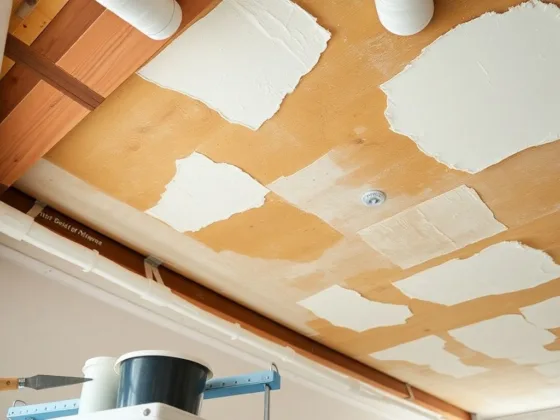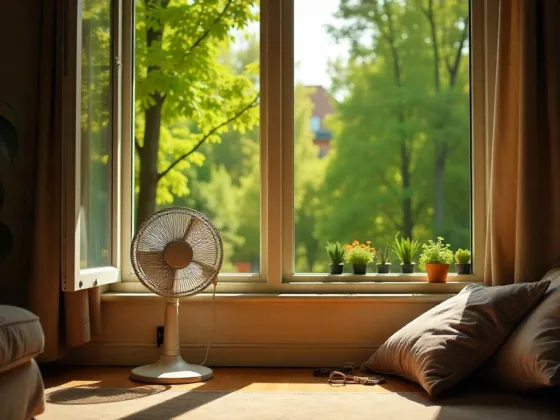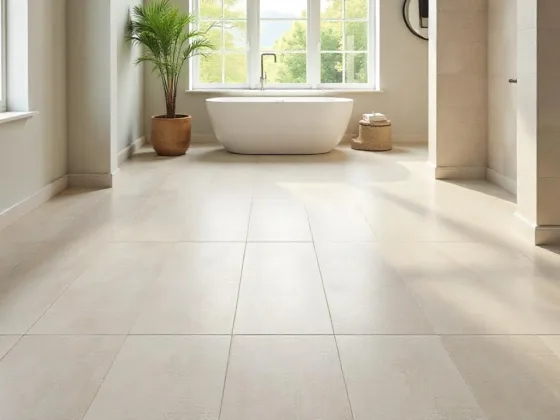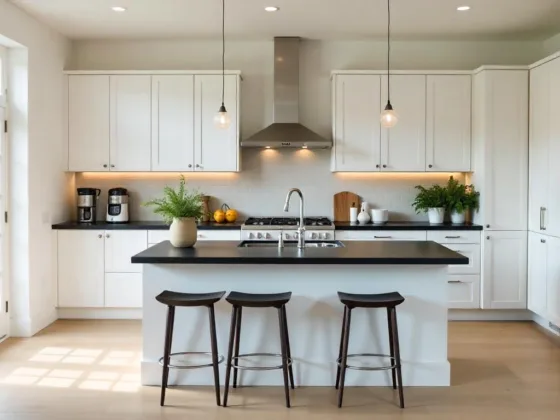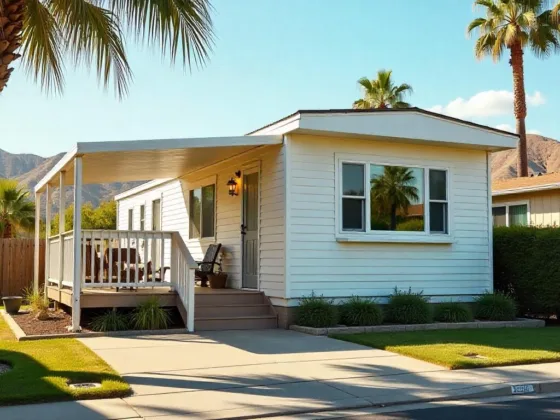Build a natural wetland or rain garden to minimize runoff, increase watershed health, decrease lawn maintenance, and attract wildlife.
Life on Earth requires clean fresh water, which is continually replenished via the water cycle; unfortunately, humans have lost sight of our reliance on this basic natural process, altering it in unnatural and sometimes catastrophic ways.
Runoff normally contributes to a very small portion of the water cycle, as most of the precipitation that reaches Earth’s surface is absorbed.
However, as the Earth becomes coated with increasingly more impervious surfaces, water cannot be absorbed and instead runs-off in unnaturally large volumes. The run-off carries with it pollutants such as oil, sediment, and pesticides that empty into storm drains that lead to streams, rivers, and lakes.
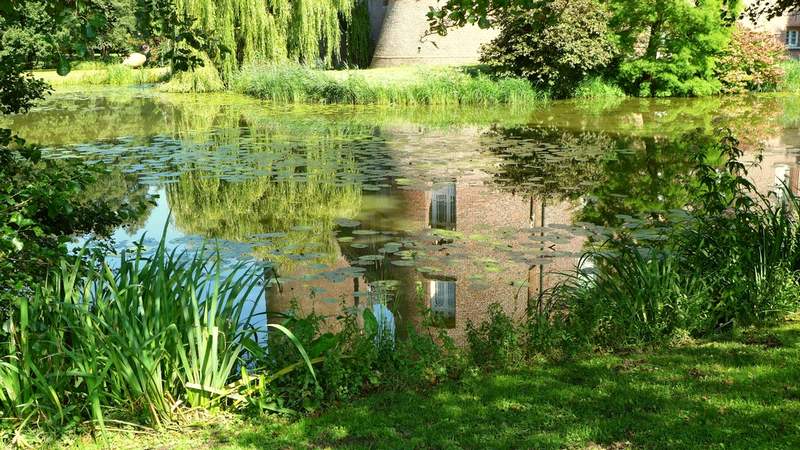
Read Also:
Runoff and Water Pollution
According to Craig Tufts of the National Wildlife Federation, “storm water runoff is one of the biggest sources of surface water pollution in this country.” Everyone can do their part by reducing the amount of runoff created on their own property. The EPA estimates that a typical city block generates nine times more runoff than a wooded area of comparable size.
To calculate the amount of rain water that runs off of one’s own roof annually, figure the roof’s square footage and multiply that by 623; divide this number by 1000, then multiply this number by the number of annual inches of rainfall the location receives (Janet Marinelli Good to the Last Drop Audubon: September 2003).
Alleviate this problem by creating a rain garden or natural wetland. Wetlands, which are disappearing at an alarming rate as they are drained and filled for development projects, serve an important role in the water cycle as they filter pollutants and prevent flooding.
Build a Natural Wetland
If the yard already has a low-lying area that remains damp much of the time or depression that collects rain water, turn it into a natural wetland. The payoff is great, as this wetland area will require no mowing, will attract wildlife, and will filter and absorb much of the water running off of the property.
Enhance this feature by blocking existing drainage channels leading out of the wetland or building a berm to retain as much water as possible.
Create a Rain Garden
Perhaps there is no naturally existing wet area of the yard, but the water draining off of the house and driveway can be diverted to one area to create a rain garden. Select an area even with or lower than the surrounding land, at least ten feet from the house to prevent moisture problems, and near impervious surfaces to collect the resulting runoff.
Excavate a shallow depression approximately four inches deep. Loosen the remaining subsoil, and amend the excavated soil with compost and sand (ideally 30% soil, 20% compost, and 50% sand will filter the maximum amount of pollutants) before returning it.
Level the amended soil so that water doesn’t pool in lower areas of the rain garden, unless it is designed to have wetter and drier zones (in which case the deepest parts should not be more than six inches below the surface of the surrounding area and should be located in the center of the garden, growing shallower near the edges).
Attach a pipe to nearby downspouts or sump pump outlets and bury the pipe in a trench leading to the rain garden, or simply create a grassy swale if there is a downward slope leading from the spout to the garden.
Build a berm around the perimeter of the rain garden, leaving a section open where the water enters, and plant grass on the berm to secure it and prevent erosion.
Planting the Wetland or Rain Garden
Once the area has been developed, it is time to add native wetland plants. If the area is deeper in the center, divide it into three planting zones – in the center, deepest zone plant species that do well in standing water, in the middle zone select species that tolerate fluctuating water levels, and around the edges choose plants that prefer drier conditions.
Choose a variety of species for more diversity. Some native plants that do well in moist conditions include cardinal flower, pickerel weed, black gum, and button bush. If the location is always wet, orchids, pitcher plants, and sundew may do well.
If the area is already shaded by trees, add understory trees and shrubs, ferns, and sedges. If it is located in a sunny spot, create a pretty wet meadow full of wildflowers and grasses. If in an arid locale, plant species that are naturally found along riparian desert streams such as acacia, willow, and hackberry.
Choose nectar plants such as sweet pepperbush and red lobelia to attract butterflies and hummingbirds. Check out region specific recommendations. Be aware of plant height when choosing species to incorporate, as some native prairie plants can grow up to ten feet!
Care and Maintenance of Wetland/Rain Garden
The wetland or rain garden will replace high maintenance lawns, decrease runoff and promote watershed health. After planting, add a three-inch layer of mulch. It is crucial that no fertilizers or pesticides are used on the lawn, as they will be funneled into the wetland along with the water runoff.
It is easy to maintain – simply weed until the native plants have become established, leave it alone during winter, and cut back or mow in spring to allow new growth to emerge. Mulch as needed.
If building a new home, have the lot graded so that runoff water flows to two or three lower areas around the lot’s perimeter, and locate rain gardens here. Strategically placed rain gardens can create beautiful living fences between neighbors.
Melanie Radzicki McManus (Cultivating a Solution to Water Pollution National Wildlife) recommends a wetland area of a minimum of 150 square feet, depending on the house’s roof area: a garden in sandy soil should be 15-20% of the roof’s area, a garden in soil with some clay should be 30% of the roof’s area, and one in true clay soil should ideally be 60% of the roof’s square footage. However, if one that big is not feasible, any sized garden is better than none at all!
One More Way to Conserve Runoff: A Rain Barrel
Obtain a 50-60 gallon container, add a lid with a cutout for the downspout and a debris screen, and a tap for draining out the collected water. This water can be stored for watering plants, washing cars, etc. To collect more water, an overflow hose can be added and funneled into a second barrel.
Sources
- Janet Marinelli Good to the Last Drop Audubon September 2003
- Melanie Radzicki McManus Cultivating a Solution to Water Pollution National Wildlife


